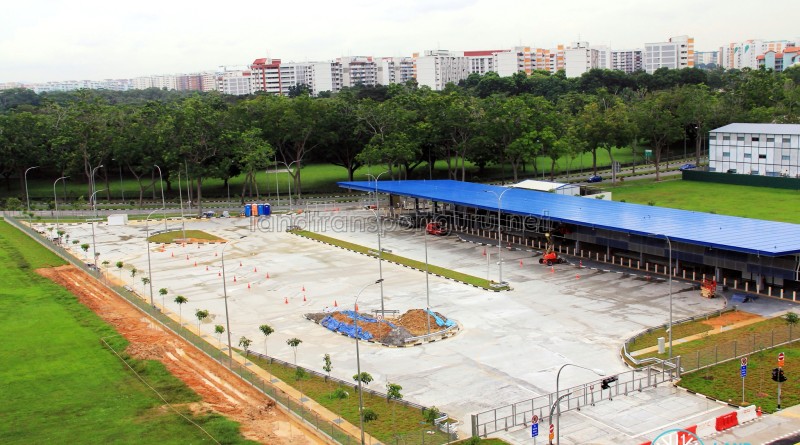In a press statement by Singapore Mass Rapid Transit, regarding the lightning incident occurred on Monday (20 Monday) which happened along the East-West Line at about 4 pm, it stated that the lightning did not hit a westbound train that stalled as it approached Bedok station. Instead, SMRT noted that the trackside equipment was affected by lightning, causing the disruption faced by commuters that evening.
According to SMRT, the train driver who was admitted to hospital after the supposed lightning incident had also been on medical leave for two days before.
The statement said that he was admitted for observation after reporting that he was feeling unwell as a precautionary measure.
Singapore Civil Defence Force (SCDF), which was alerted to the incident at 4.20 pm, said that the man was taken conscious to Changi General Hospital (CGH).
According to Channel NewsAsia, the man complained of numbness and chest pain and was warded for one night for observation.
Fortunately, he has been assessed to be well and remains under observation.
The Meteorological Service Singapore (MSS) reported that the lightning activity was detected in Singapore between 2 pm and 6 pm on Monday, mainly over the northern, central and eastern parts of the island, saying, “Around 3.37pm this afternoon, a cloud-to-ground lightning stroke was detected close to the Tanah Merah MRT station.”
SMRT then said, “After investigations, our engineers confirmed that the train was not hit by lightning. Instead, lightning affected trackside equipment.”
It noted that after the lightning incident, the train was immediately able to recover and move on its own power, moving passengers safely to Bedok station.
At Bedok station, passengers then alighted and the train was promptly withdrawn from service to allow for a thorough inspection by its engineers.
“We would like to reiterate that passengers’ safety, as well as that of our staff, is of paramount importance to us. We wish to assure all passengers that it is safe to travel in our trains during a lightning storm because trains are protected by a ‘Faraday Cage’,” SMRT stated.
“This is an enclosure formed by conductive material that blocks electric fields and electric currents, such as lightning strikes, from entering the trains. During lightning, the electric current will travel through the outside shell of the train and not into the cabin. It then travels through the wheels to the track,” it added.
Statement that failed to answer questions
In its statement, SMRT somewhat fails to answer a few questions.
1)Where was the train captain when he was supposedly affected by the lightning strike? Driving the train or standing at a part of the station? While it is stated that the train captain had not been feeling well, it is quite far-fetched to think that an individual will have physically affected by sight of a lightning strike unless of phobia.
2) Where did the lightning strike and caused the trackside equipment to have been affected?







